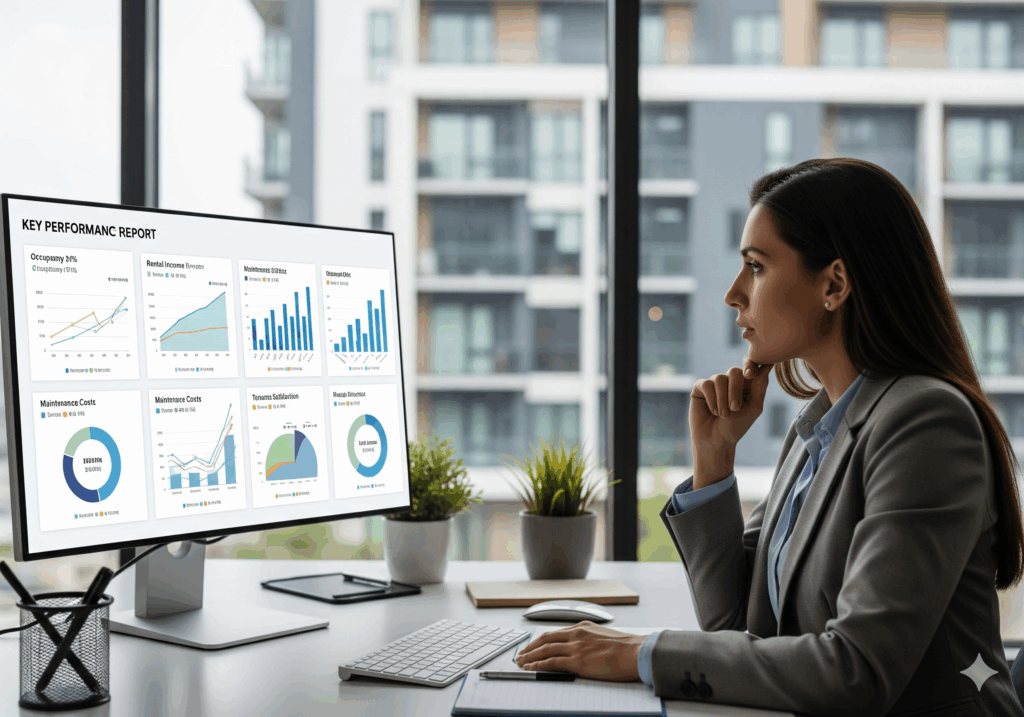
In property management, numbers tell the story of how well a property is performing. Whether you manage one building or a large portfolio, Key Performance Indicators (KPIs) give you a clear snapshot of financial health, tenant satisfaction, and operational efficiency. Tracking the right KPIs helps you make smarter decisions, catch issues early, and show property owners the true value of your management services.
Here are 10 essential KPIs every property manager should include in their reports:
1. Occupancy Rate
This metric shows the percentage of units currently rented compared to the total available units. A high occupancy rate is a sign of healthy demand and effective marketing, while a low rate may highlight issues like pricing, property condition, or tenant experience.
2. Rent Collection Rate
The rent collection rate tells you how much rent you’ve collected versus the total rent due. It’s a simple yet powerful measure of financial stability and rent collection efficiency.
3. Net Operating Income (NOI)
NOI is calculated by subtracting operating expenses from total revenue (excluding mortgage payments and capital expenses). This KPI is a core indicator of a property’s profitability.
4. Tenant Turnover Rate
Every time a tenant moves out, there are costs for vacancy, repairs, and finding new tenants. A high turnover rate signals potential problems with tenant satisfaction, while a low rate shows strong retention efforts.
5. Lease Renewal Rate
Closely tied to turnover, this metric tracks how many tenants choose to renew their leases. Higher renewal rates mean fewer vacancies and reduced costs.
6. Maintenance Response Time
This measures how quickly maintenance requests are resolved. A fast response keeps tenants happy and prevents minor issues from turning into expensive repairs.
7. Expense Ratio
By comparing operating expenses to total income, the expense ratio shows how much of your revenue is consumed by costs. A high ratio may indicate inefficiencies or overspending.
8. Delinquency Rate
This KPI highlights the percentage of tenants who are behind on rent. Consistently high delinquency rates may point to weak tenant screening or collection processes.
9. Operating Cash Flow
Operating cash flow is the real cash generated by property operations after all expenses. It shows whether the property is generating enough income to cover its costs.
10. Return on Investment (ROI)
ROI measures the property’s overall profitability compared to the amount invested. It’s often the first number property owners look for when assessing performance.
Why These KPIs Matter
Property owners want clarity and confidence in how their investments are performing. By tracking these KPIs, you can create reports that highlight both successes and opportunities for improvement. Better yet, these metrics can guide your day-to-day operations—helping you boost occupancy, streamline expenses, and improve tenant satisfaction.
